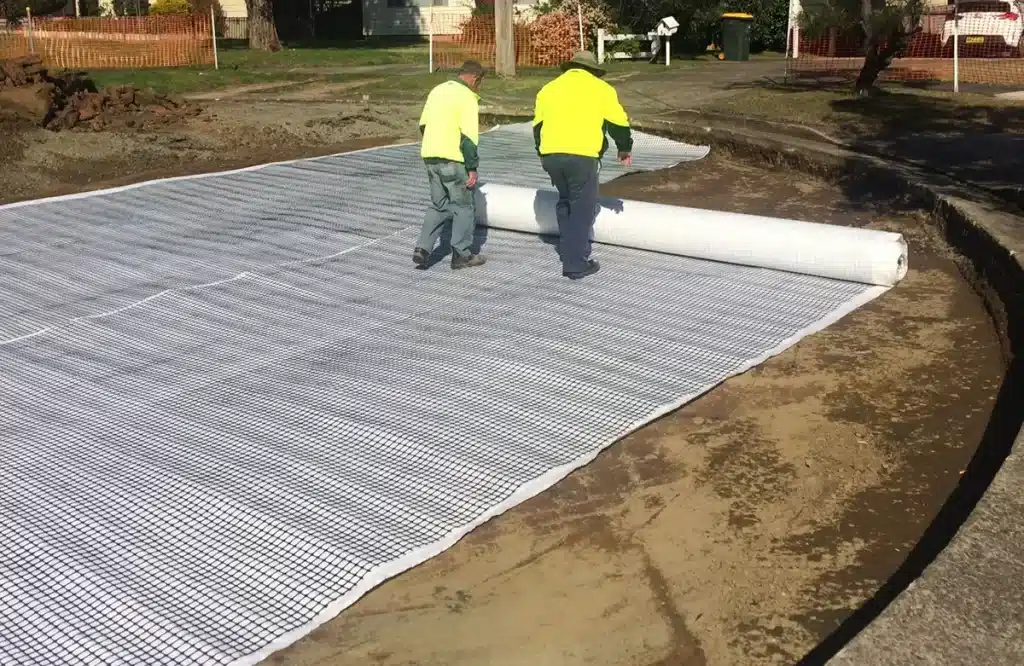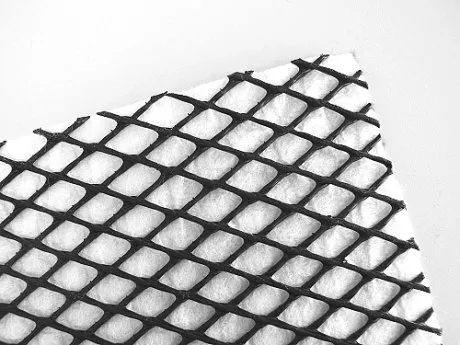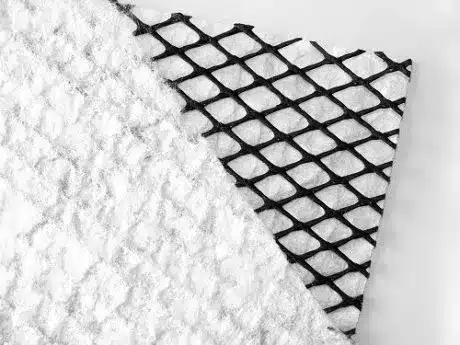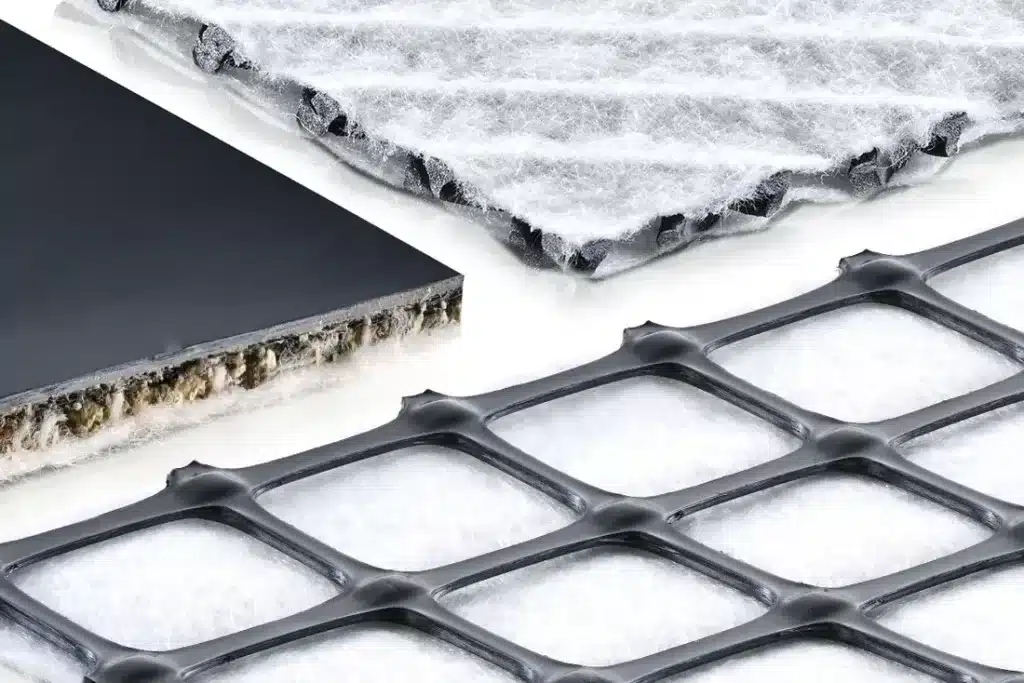+86-159 9860 6917
info@geofantex.com
geofantex@gmail.com
+86-400-8266163-44899
A geocomposite retaining wall is becoming a cornerstone in the construction and civil engineering industries due to its innovative combination of geosynthetics and traditional wall reinforcement techniques. In recent years, this technology has evolved rapidly, providing a more sustainable and cost-effective solution for managing slopes and earth retention.
The Rise of Geocomposite Retaining Walls:

Recent advancements in geocomposites have highlighted their ability to enhance the performance of retaining walls. A geocomposite retaining wall integrates various geosynthetic materials like geogrids, geotextiles, and geomembranes to improve wall stability and reduce environmental impacts. This technology has gained significant traction in areas prone to landslides, erosion, or challenging soil conditions.
For instance, a notable example comes from the construction of a geocomposite retaining wall in California’s mountainous terrain. The project aimed to stabilize steep slopes along a busy highway to prevent rockfalls and landslides. Engineers selected geocomposite materials because of their superior drainage capabilities, which significantly reduced water buildup behind the wall, a common cause of wall failure in such areas.
Real-Life Applications of Geocomposite Retaining Walls:

A highly successful implementation of geocomposite retaining walls was seen in a large-scale flood control project in Florida. This project involved the construction of retaining walls to manage stormwater runoff in flood-prone areas. By using geocomposite materials, the project reduced costs by 30% compared to traditional methods, as the geocomposite walls allowed for quicker installation and less maintenance. Furthermore, the permeability of geocomposite retaining walls helped regulate groundwater flow, contributing to better water management.
In another case, a geocomposite retaining wall was used in a railway expansion project in the UK. The site was plagued by soft soil conditions, making it difficult to use conventional retaining wall solutions. However, by using a geocomposite system, engineers were able to improve the load-bearing capacity of the wall, which was essential for the heavy loads carried by trains. The wall also offered additional benefits such as erosion control and reduced environmental disruption, making it a sustainable solution for the region’s infrastructure needs.
The continued development and application of geocomposite retaining walls represent a significant advancement in civil engineering, offering sustainable, cost-effective, and efficient solutions for earth retention. Real-world applications, from flood control in Florida to infrastructure projects in the UK and California, highlight their effectiveness in diverse environments. As the geosynthetics industry continues to innovate, the use of geocomposite retaining walls is poised to grow, providing critical solutions to some of the most challenging engineering problems faced today.



Get Free Sample
We’ll respond as soon as possible(within 12 hours)





















